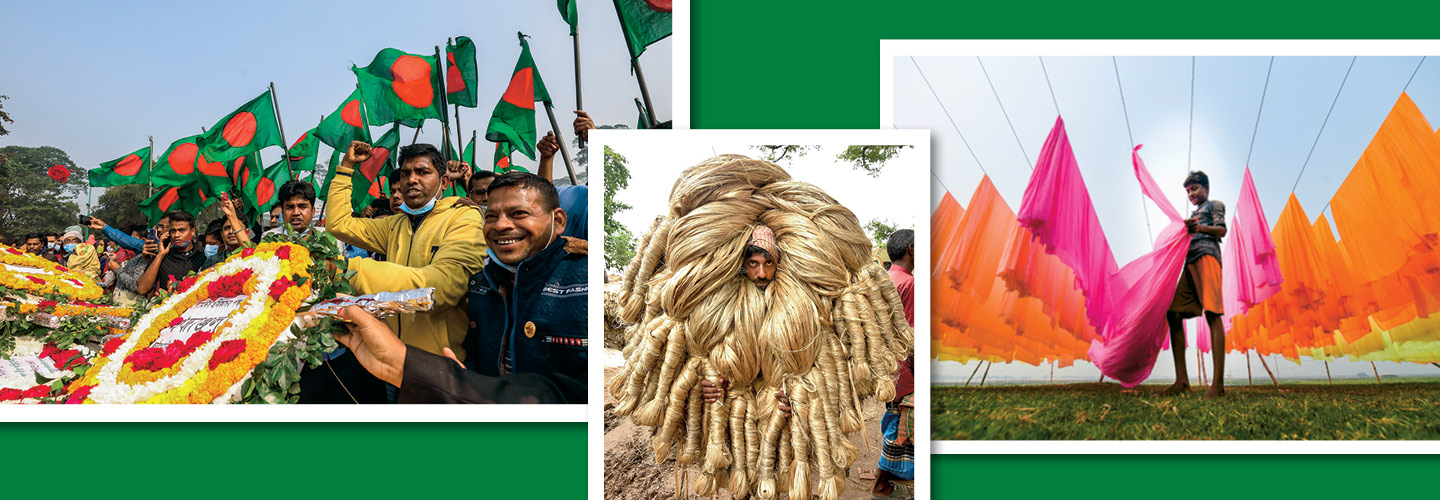Her father works as a cleaner in a government building. And both of her parents were forced by their families’ poverty to quit school very young. But 17-year-old Puspita Mistri is thinking about her future, not the world of yesterday.
Coming of age in Bagharat, a southern district of Bangladesh, she dreams of becoming a police officer. She’s already passed her high school exams, and she’s emerged as a leader in a local community group, advocating for improved services for the elderly and better health care. In a country where previous generations of women largely stayed out of the workforce, she says her parents encourage her aspirations.
“They hope that my education will enable me to support them in future,” Puspita says. “They are very happy about me going to school.”
Her father works as a cleaner in a government building. And both of her parents were forced by their families’ poverty to quit school very young. But 17-year-old Puspita Mistri is thinking about her future, not the world of yesterday.
Puspita lives in Bagharat, a southern district of Bangladesh. She dreams of becoming a police officer. She’s already passed her high school exams. She has also become a leader in a local community group. They work together to push for improved services for the elderly and better health care. Though previous generations of women in the country largely stayed out of the workforce, she says her parents encourage her goals.
“They hope that my education will enable me to support them in future,” Puspita says. “They are very happy about me going to school.”

